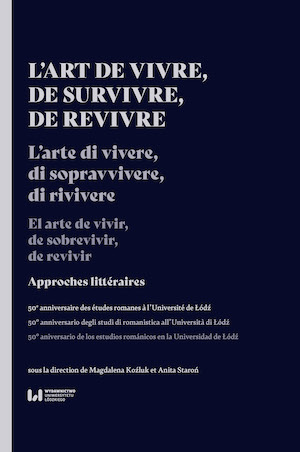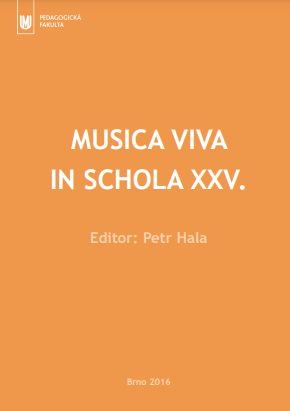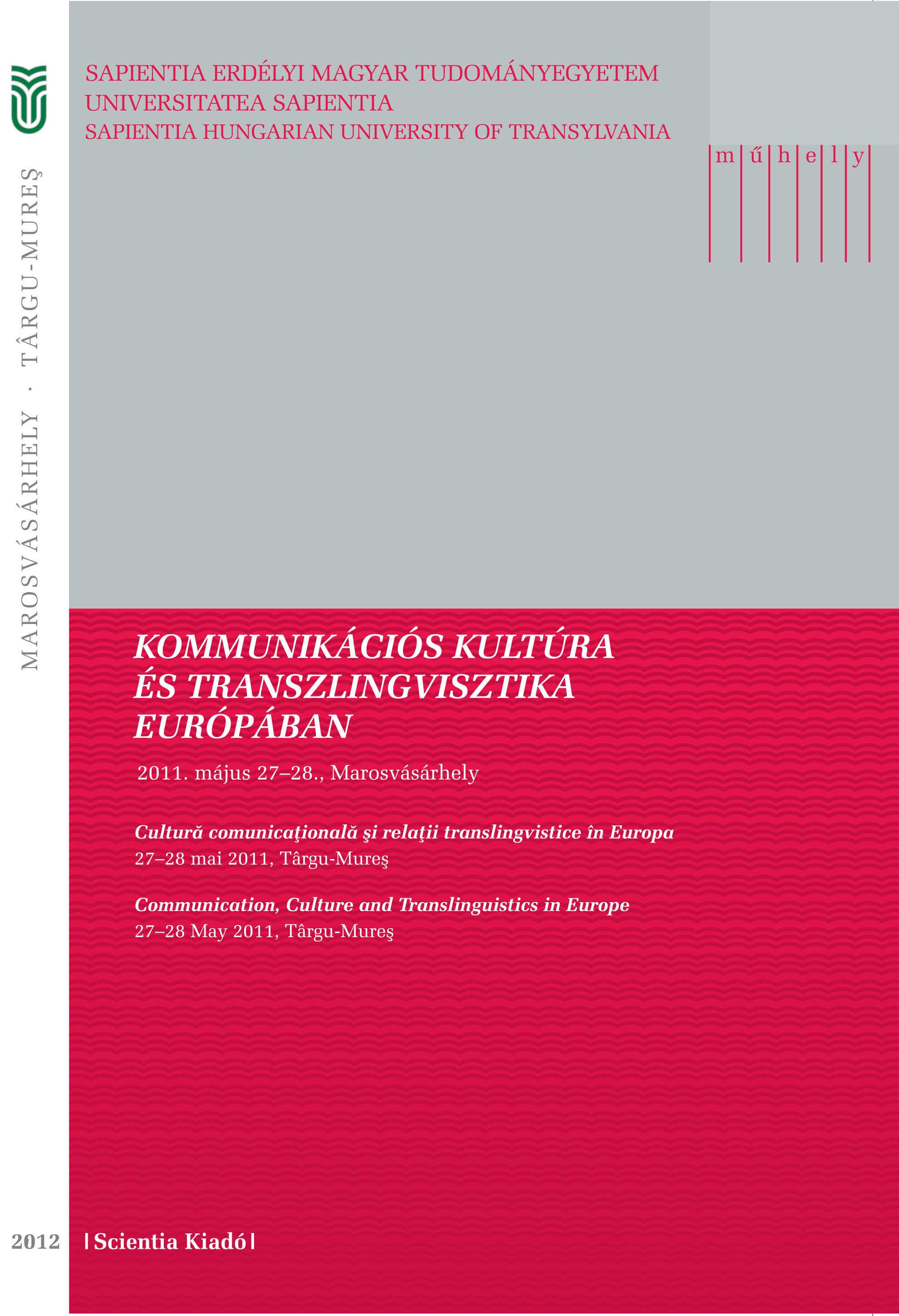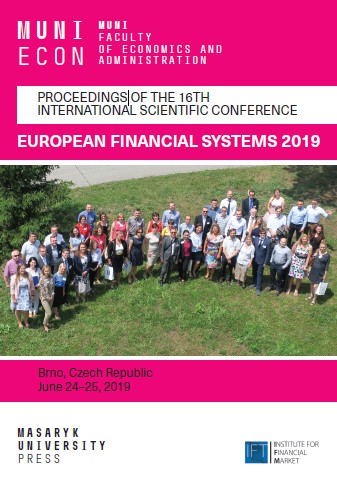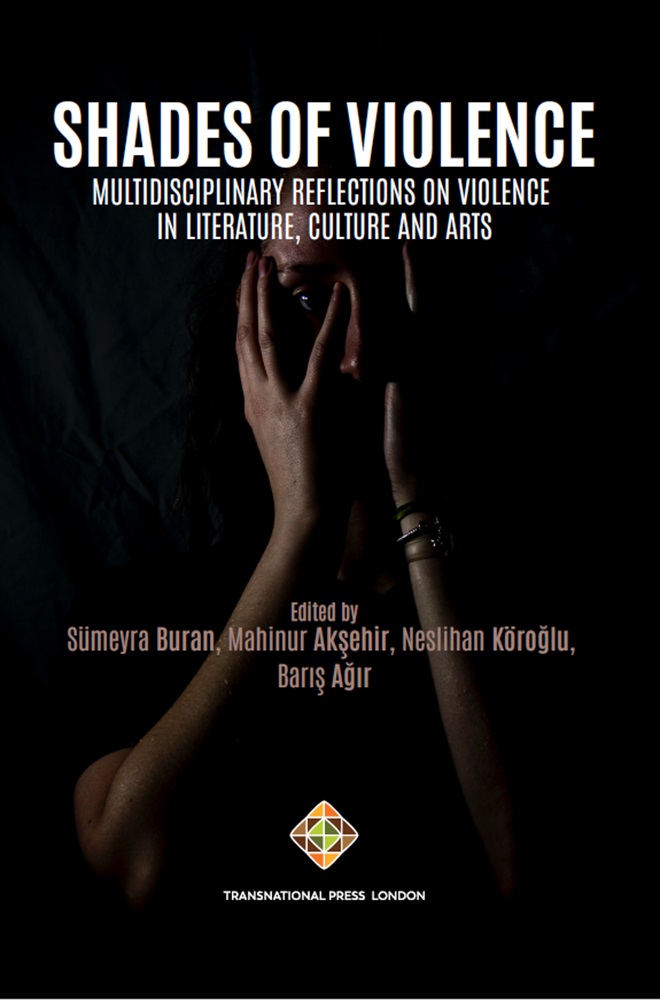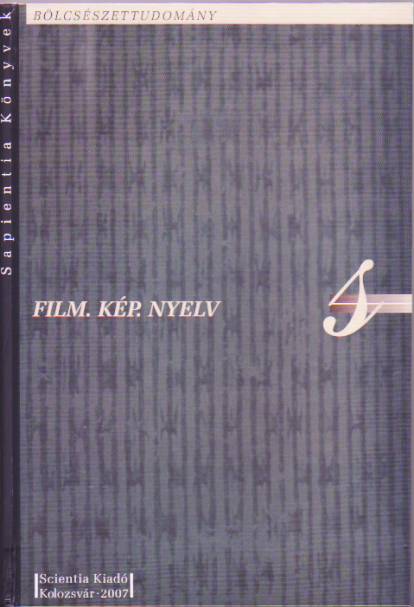
CHIAZMATIKUS TALÁLKOZÁSOK A FILMI BEFOGADÁSBAN
The paper investigates the relationship between chiasm as a fundamental diacritical concept used from philosophy to psychology and representation in film and its perception. Chiasm is a nontotalizing idea of the encounter between the ’Self’ and the Other. It derives from ancient and classical rhetoric where it was assigned a metonymic structure vis-a-vis the more common form of metaphor. The basic argument is that film or the moving image has several representational planes where metonymy is operant, first and foremost montage and intermediality. The paper discusses only the first of the two where reflexivity plays a minimal role, and it also traces consequences of chiasmatic montage at the perceptual level of film images. The paper proposes four basic categories or types of film perception: a) categorical perception, b) aspect seeing, c) specificity recognition and d) modulation. It concludes with a detailed analysis of Seom (2000) by the Korean director, Kim Ki-Duk.
More...
